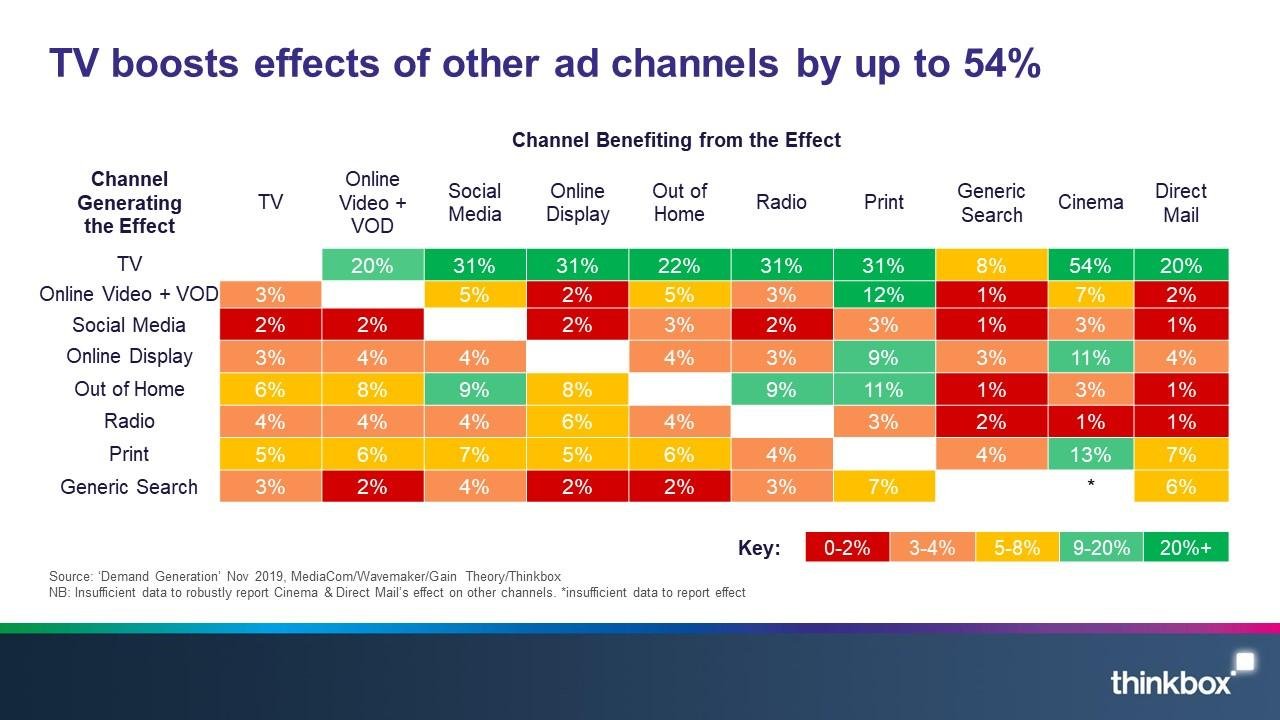What Is Integrated Marketing Communication (IMC)?
Key Takeaways
Integrated Marketing Communication (IMC) ensures brand messaging stays consistent across every channel, from digital ads to billboards. This unified approach builds recognition and recall, making brands more memorable to consumers.
IMC improves efficiency and impact by aligning campaigns with customer needs while reducing wasted effort. Shared assets across platforms streamline production, cut costs, and keep branding clear and cohesive.
Successful IMC drives loyalty and cultural relevance. Brands like Sephora and Snickers show how consistent experiences across touchpoints turn campaigns into long-term recognition, engagement, and customer trust.
Integrated Marketing
Here at One Day, we offer brands and business owners a fully integrated service.
But what is Integrated Marketing Communication? It’s the practice of crafting campaigns and strategies across multiple touch points and locations, comprising digital, social, print, and billboard ads targeted to the intended consumer or demographic.
We often speak with clients about the value of integrated marketing communication, or IMC for short, and how this approach works perfectly in multi-channel marketing, ensuring that your messaging and branding are always consistent and clear.
In this article, we'll clarify how IMC works and why it may boost the returns you achieve through your marketing efforts.
Integrated Marketing Communication Explained
IMC itself is a straightforward concept. The core objective is to ensure that when a customer sees your brand, in any place and at any time, they have a similar experience and develop stronger brand recognition and recall.
While you might, for example, tweak your graphics or change your wording based on a different marketing channel, you want the underlying tone, style, and theme of your adverts and promotions to be instantly recognizable.
Coordinated IMC campaigns draw together all of the potential places each consumer might come across your brand, from social media campaigns a viewer might see when scrolling on their phone to a digital bus stop billboard or a printed campaign on the side of a taxi.
However, IMC goes beyond cohesive campaigns and focuses on the needs of the customer, analyzing behaviours and trends to work out why a viewer might stop looking at an advert or what a brand can do to add value to that experience.
What Is the Benefit of Integrated Marketing Communication?
IMC produces better advertising returns because it brings all the moving parts within your promotions and campaigns together and targets your marketing toward the needs and perceptions of your customers.
One great billboard might achieve high numbers of impressions but won't prove as successful as an integrated approach where you utilize multi-channel placements and strategically selected marketing themes, where your customer is repeatedly exposed to your branding and automatically associates your business with positivity.
There are multiple compelling advantages to switching from a conventional marketing plan to IMC:
Boosted brand recognition, where unified adverts form a solid impression and mean a customer is far more likely to identify your font, logo, graphics or product as being from your business.
Improved marketing efficiency, using cross-channel marketing assets in several locations to reduce unnecessary duplication and overspending. Streamlined campaigns with similar graphics, for example, adhere to IMC principles without requiring individual photoshoots or separate brand assets for each placement.
Augmented customer loyalty, where integrated marketing communicates with customers and establishes a two-way dialogue, where a brand is seen to be responsive and delivers customer experiences that are familiar and dependable.
One of the great aspects of IMC is that it can apply at any point, whether you’re trying to build your brand to attract greater market share, need to refresh your brand identity or value proposition, or recognize a need to evolve or pivot to meet changing needs and consumer appetites.
You can also incorporate IMC marketing techniques at all stages of your funnel, where you move customers along that journey faster by ensuring all your communications, at every level, are consistent and recognisable.
Examples of Integrated Marketing Communication in Action
There are lots of examples of brands that use IMC to great effect, which helps to illustrate how the methodology works in practice, and how it delivers results.
IMC in the Beauty and Cosmetics Industry
Sephora, the US cosmetics and beauty brand, is a good illustration, where the brand has a range of brand assets that are highly distinctive and immediately recognizable by its core customer base. The trademark curved S forms the brand’s logo, and all of the marketing produced by the brand, whether online, in print or in-store, features a consistent colour palette based on black, white, and red
The brand also reimagined how customers might move around its physical stores, using those same fonts and colours throughout. Adding beauty stations in stores that are free for customers to use, complete with branded chairs and back-lit mirrors, encourages visitors to spend more time in the space or to sit down and try out the products before deciding whether to buy.
Adding branded bags and ‘beauty pass’ loyalty cards meant these simple accessories became a ‘must-have’ item, and customers regard a trip to a Sephora shop as a pleasant, fun experience to enjoy with friends – not just another visit to a retail outlet.
How Integrated Marketing Communication Works in Confectionery
Snickers is another great example, where Mars has long used unique branding to make the chocolate bar stand out from a crowded industry – adapting those campaigns to specific geographical audiences.
That meant creating a series of humorous, highly watchable ads based around the concept that ‘you’re not you when you’re hungry.’ The brand created ads screened at events like the US Superbowl and hired actors from Betty White to Mr Bean, Joe Pesci to Godzilla, in partnership with a movie release.
The Betty White advert alone generated 400 million impressions from unpaid shares, worth an advertising revenue of $28.6 million. What made the campaigns so successful was that Mars used tailored adverts in different countries and disseminated the same messaging in hundreds of places - online, through print advertising, TV ads, and billboards.
Leveraging Integrated Marketing Communication for Your Brand
Integrated marketing communication is used throughout multi-channel advertising, capturing new customers through consistent, unique messaging and establishing long-term upward trajectories in brand recognition and loyalty.
It applies to all touchpoints, from online service pages to social media platforms, physical billboards and transport advertising, and in-store or print promotions, offering the maximum opportunities to engage with viewers.
To learn more about IMC, how it works, and the way in which this type of targeted campaign can improve your marketing returns, please get in touch with the One Day team. We offer a complete range of services across creative campaign design, media placements, and digital advertising, creating high-performance promotions that deliver.














